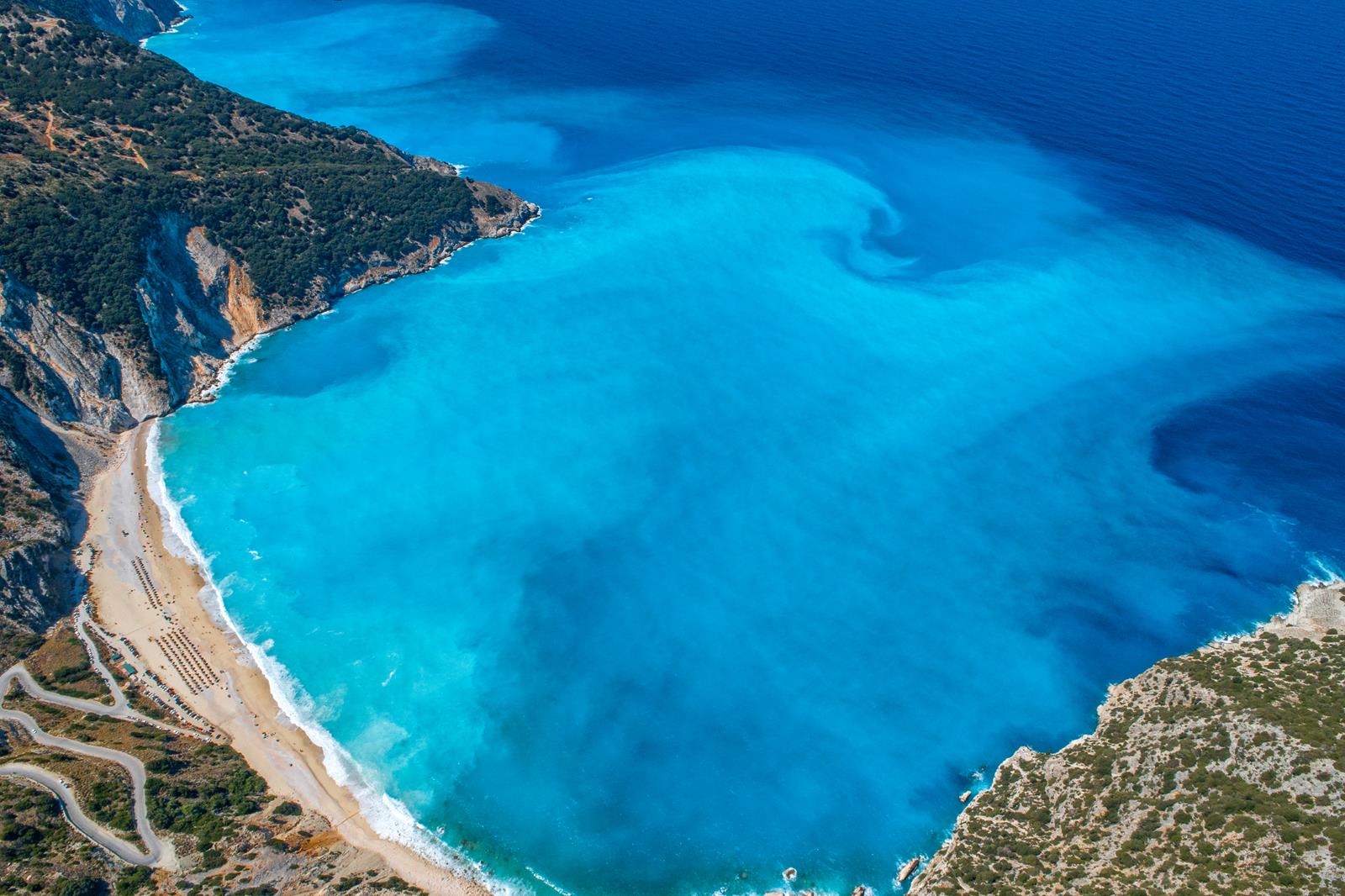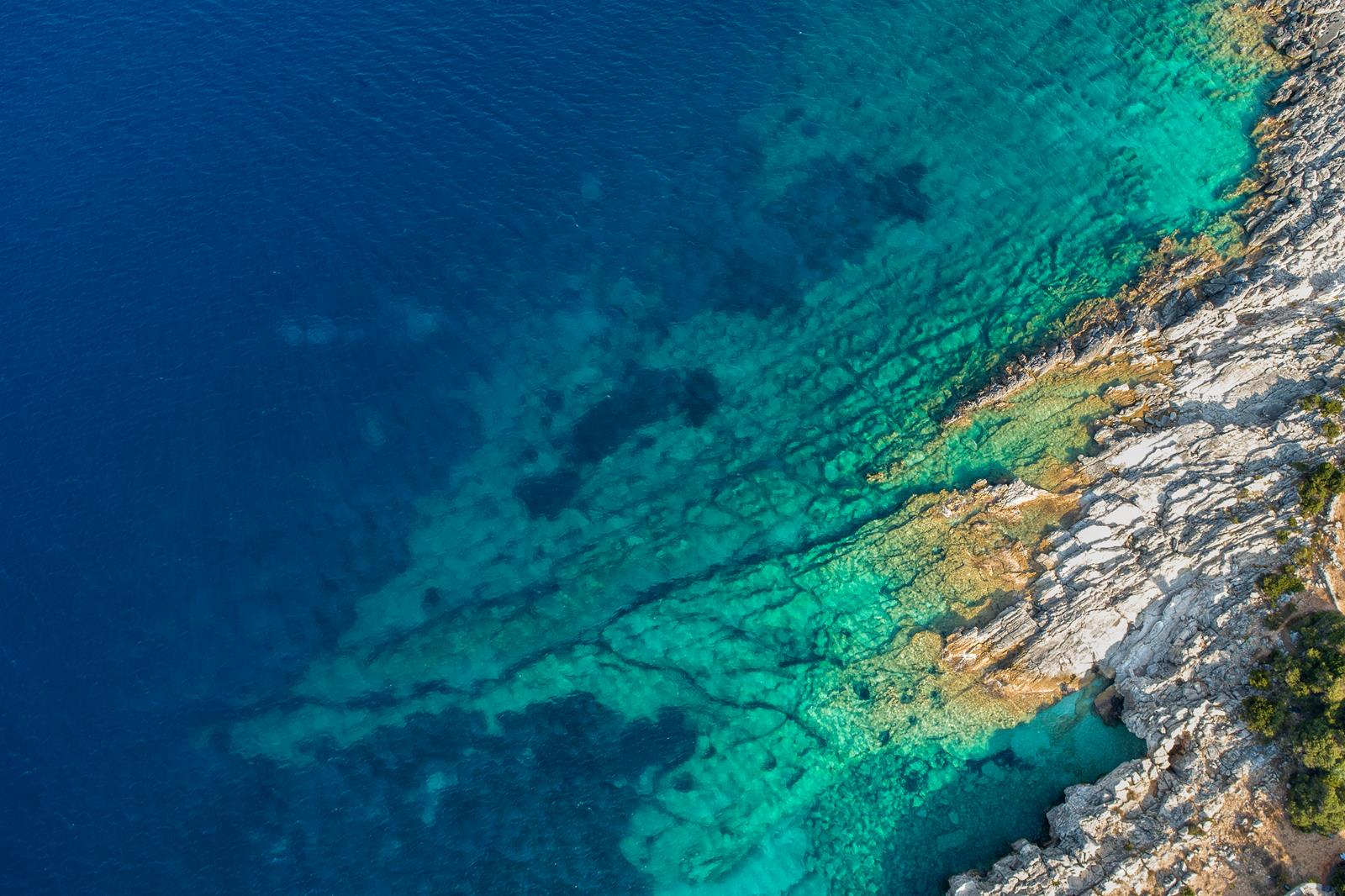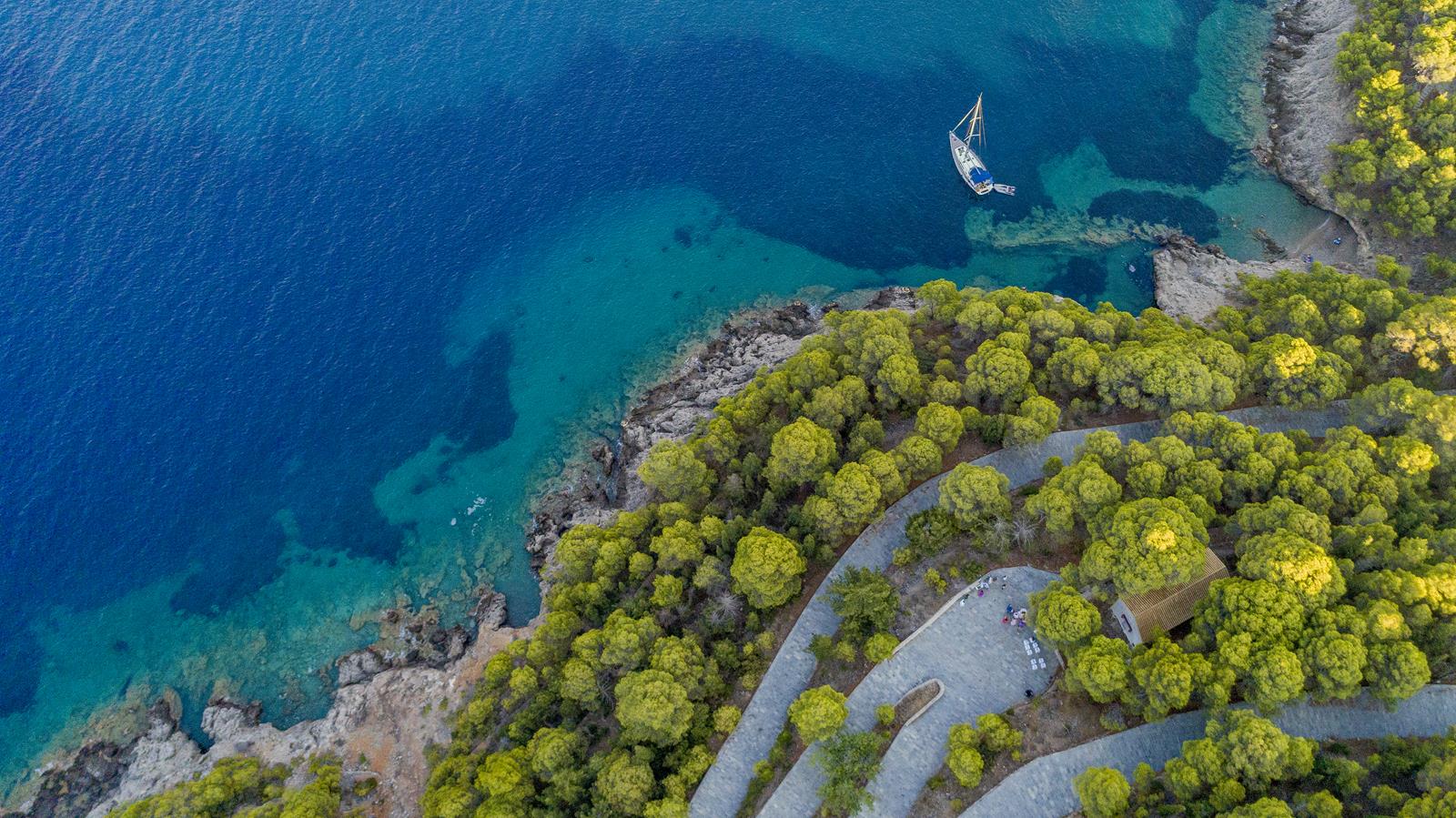Kefalonia
Location
Argostoli
City
The picturesque town of Argostoli is built on the hill that rises from the Koutavos lagoon and the large natural harbor. The town was rebuilt after the catastrophic earthquake of 1953. Argostoli is a cosmopolitan busy city, especially during the summer season, and offers a variety of interesting features and activities. The reference point is the central Vallianou Square, surrounded by restaurants, cafes and bars. Just above the square is the historic Napier Garden.
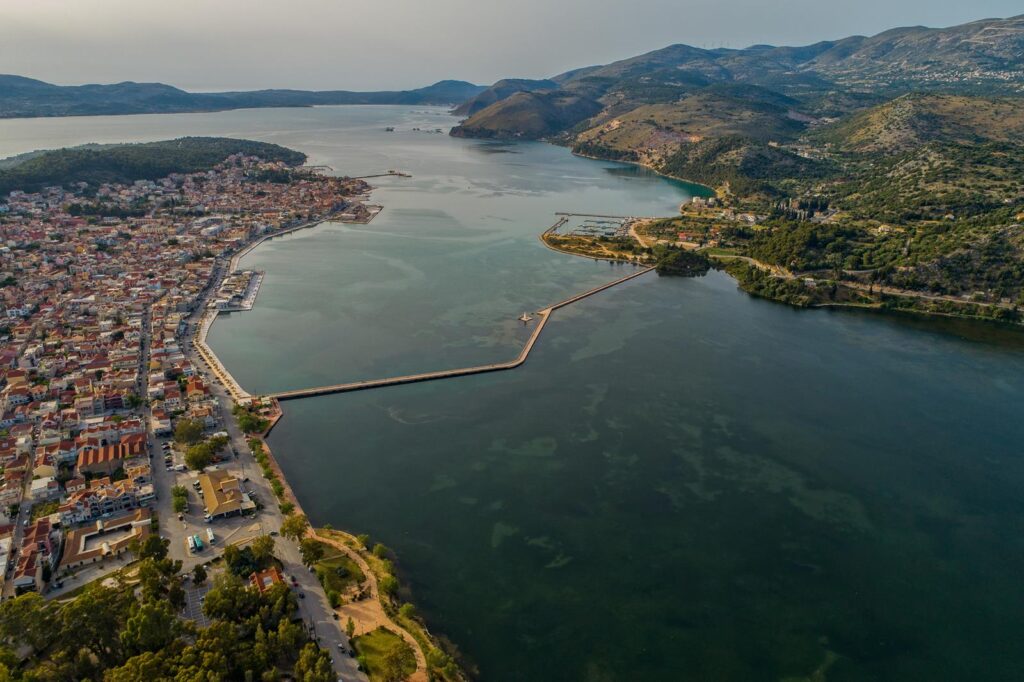
Central Square –
Vallianou Square
After a walk through the town of Argostoli, Vallianou Square is the ideal place to enjoy a coffee, a cold beer or a meal. The area around the large square is exclusively for pedestrians, so it is a pleasant and safe surrounding for children and, in the evenings, it becomes a popular gathering place. On the square you will see the statue of the Kefalonian and national benefactor, Panagis Vallianos.
During the summer months a variety of cultural events with Kefalonian kantades (traditional polyphonic songs accompanied by guitar and mandolin, which originate from Italy), dancing and music enliven the square in the evening.
De Bosset
Bridge
In Argostoli you can see one of the most important and historical monuments of Kefalonia, the stone bridge of Drapanos (or De Bosset bridge) with its characteristic arches. With a length of 690 meters it is the longest stone bridge over the sea in Europe. It connects the town of Argostoli with the opposite shore, thereby separating the port area from the Koutavos lagoon.
Currently, the bridge is a pedestrian area. Until fifteen years ago, it was used by cars and even trucks, with the result that cars regularly fell into the sea, due to the narrowness of the bridge!
The Lighthouse Of
Saint Theodore
One of the main attractions and trademarks of Argostoli is the lighthouse of Saint Theodore, which is located on a man-made peninsula close to the Argostoli village. It is the most romantic spot in Kefalonia and it is highly recommended for taking photographs.
It is a unique circular structure, based on 20 white Doric architectural style columns and its tower is 8m tall. It was built when Charles Napier was governor of Kefalonia, in 1928. Destroyed by the earthquake, it was rebuilt in 1964 according to its original architectural design, by Takis Pavlatos, a local architect.
Katavothres of
Argostoli
A pleasant 30-minute walk starting from the central Vallianos Square of Argostoli along the oleander-lined Rizospaston Avenue on to the Lassi road, leads to Katavothres, the “Swallow-holes”.
Katavothres, site of a mill in the 19th century, is a remarkable geological phenomenon with its large water wheel that turns with the force of the seawater streaming inland. Contrary to the usual sight of water flowing into the sea, at Katavothres the seawater disappears into large holes at various points along the shore.
Where the water went from there remained an unsolved mystery until 1963, when a team of Austrian geologists poured a quantity of uranin, a fluorescent red dyestuff, into the swallow-holes.
Makris & Platis
Gialos Beach
Makris Gialos is the most famous organized beach in Kefalonia and is located in the tourist resort of Lassi just outside the island’s capital Argostoli. The beach is long with plenty of space and easily accessible by descending a flight of stairs.
Together with the adjacent beach of Makris Gialos, Platis Gialos beach is one of two reference beaches in the Lassi area.
The access to the beach consists of a small downhill road after passing the hotels and restaurants of Lassi.

Agia
Efimia
Aghia Efimia is part of the municipality of Pylaros which takes its natural borders from mountains (from north to south) and from the sea (from West to East). Situated 7 km north of Sami, on the east coast of Kefalonia and 30 kms from Argostoli, it is a picturesque fishing village with a well sheltered harbor.
Assos
Village
Just north of the stunning Myrtos beach lays the tiny and secluded village of Assos, which is one of the most beautiful and picturesque villages of the island. Built amphitheatrically around the homonymous peninsula, it is surrounded by luscious green scenery and verdant forests. Pine and cypress trees and the crystal clear blue waters of the Ionian Sea, create a unique combination and make Assos an ideal setting for relaxing vacations.

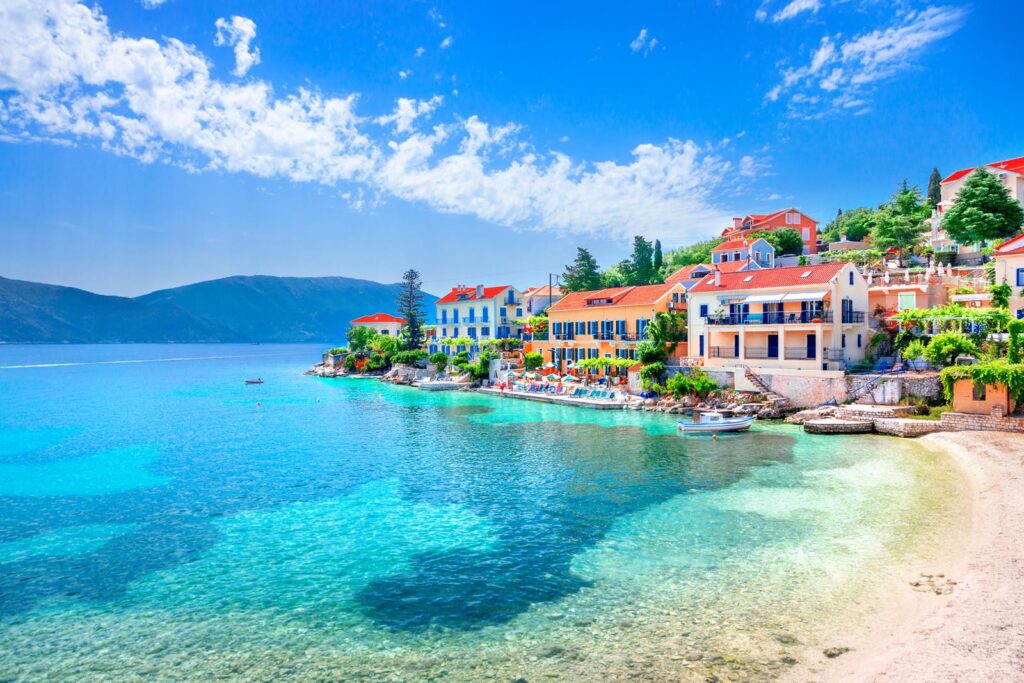
Fiscardo
Village
A former fishing village that has transformed into a high status cosmopolitan resort, without losing its quintessence. Fiscardo was left virtually unscathed by the 1953 earthquake and still carries the traditional colour, the grace and the beauty of the island. A stroll around the narrow alleys will make you feel like a time traveler, rolling a century back.

